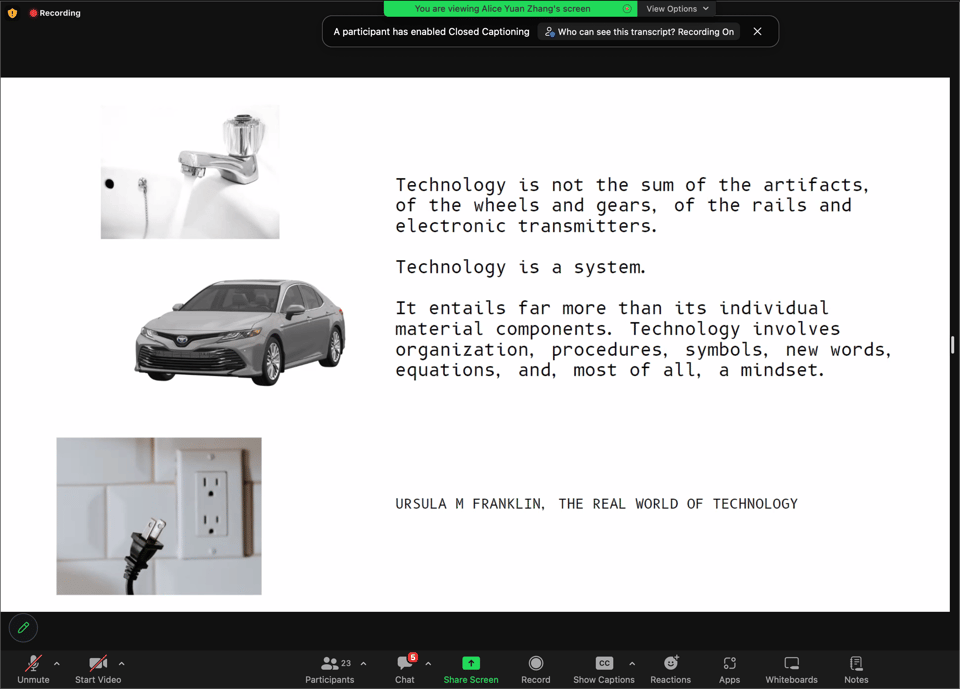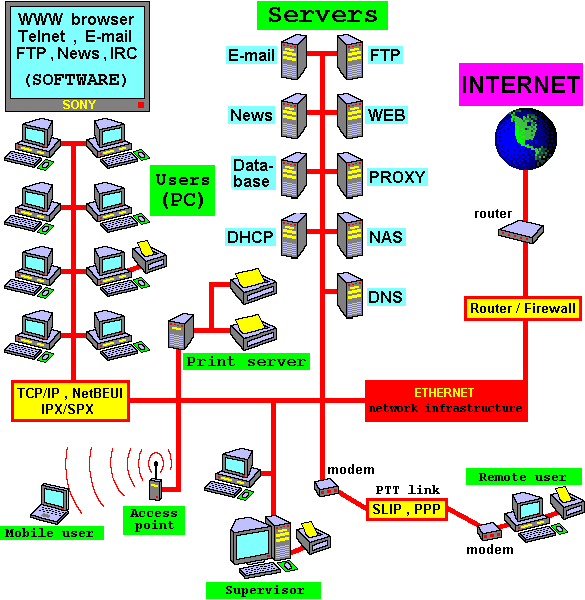i is for internet
each issue of new terms & conditions is an entry toward building abc glossary — a glossary for an anti-colonial black feminist critical media ecology. contribute your own new term & condition at abcglossary.xyz to be part of this project.
it’s only right that a study of e-colonialism begin with an exploration of what is the internet as a first glossary entry. how can we trace our connections? how do you see the internet? my hope is to understand the internet not so much as a sum of its parts, but as an (eco)system of relations. coincidentally this is a question we are asking in a course i’m taking at the school for poetic computation on solidarity infrastructures, taught by artist alice yuan zhang, and one that i will continue to return to with each iteration of the newsletter attempting to go a layer deeper into the infrastructure of the internet.

the increasingly abstract idea of the internet that many of us hold today is now by design, an abuse of power by capitalistic entities who demand our trust in exchange for our ignorance. for a history of the internet, i return to the archival work of artist american artist and their gooey history timeline to retrace the history of computing that is rooted in militaristic pursuits of data. In the 1960s, ARPANET (Advanced Research Projects Agency Network), which was funded by the U.S. Department of Defense, created the earliest version of the internet with the ability for computers to communicate with one another on a single network. thus we get the internet as a term composed of the prefix “inter” (meaning between) + “network” (a group of computers).
i often obsess over images like the diagram below that attempt to neatly make sense of how our data travels across the internetwork, but these diagrams don’t come close to depicting the spiral of cables and tubes that tunnel through manholes and the ocean, the towering power lines, and signals that transmit between satellites to keeps us connected 24/7.

as a noun, the internet is a place — many places in fact, traversing geographies. how can we hold the complexity those geographies, that continues as a project of colonialism, in a definition of the internet? a project called "surfacing," by Nicole Starosielski, Erik Loyer, and Shane Brennan, maps these complexities. the project spatializes the internet through the undersea cables. you move through the map as a signal traveling across the undersea network, hopping between network nodes — a necessary reminder that our connection is deeply hard-wired even as we're sold a vision of a wireless world. ingrid burrington captures this reality in Networks of New York: An Illustrated Field Guide to Urban Internet Infrastructure:
"getting online today usually involves connecting a wireless network, it can be easy to forget that most of the Internet is, in fact, a series of tubes; wireless connections still have to go through wires. for example, when you use a wi-fi network in a public library, your internet activity travels wirelessly to a router. that router is wired into a cable network, usually an ethernet cable. and that cable sends your internet activity back into a global network made mostly of fiber optic cable."
in these diagrams, i also notice an absence of the internet's relationship to humans and nature — are we nodes in this set of relations? what i also appreciate about the surfacing project is that each node is not abstracted from it's relationship to that geography — the fraught histories of mining, military conquest, commercialization, and "'turbulent ecologies,' as cable companies must grapple with the natural world."
for this reason i am most drawn to the internet as a verb in order to ask — what does it mean to be inter-networking? how does thinking of humans and nature as part of the network change the dynamics of this system? one answer to a fraction of these questions, could be hosting your own server — something i am learning about now in an effort to support communities like mine in the bronx that are discriminately unable to access the internet. the internet is defined as a set of relations between our computers but what if it became a set of relations between each other — communally hosting the internet, creating our own networks, and moving away from corporations owning our access?
Add a comment: